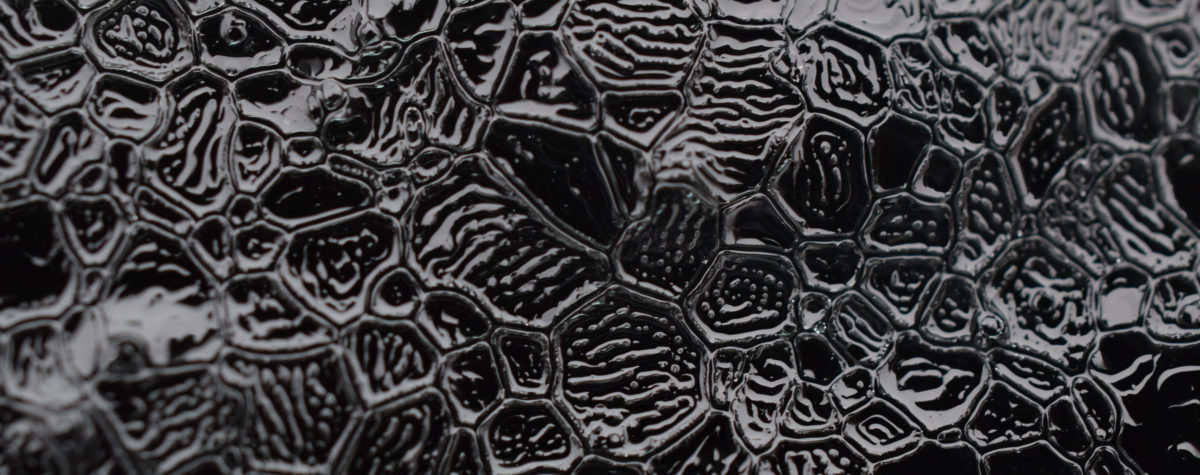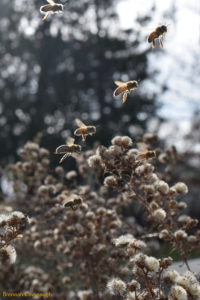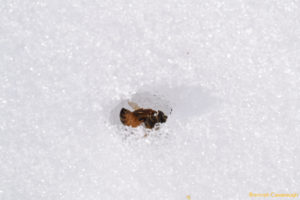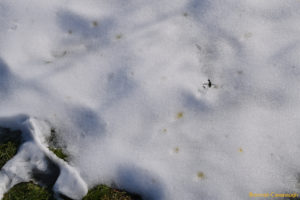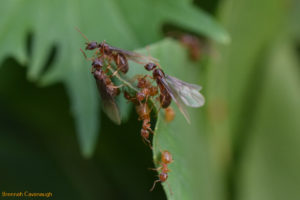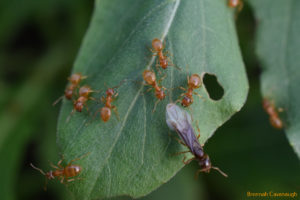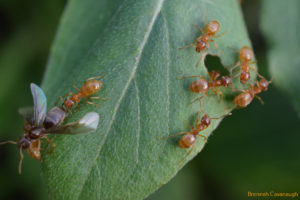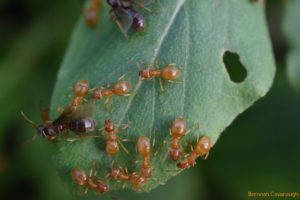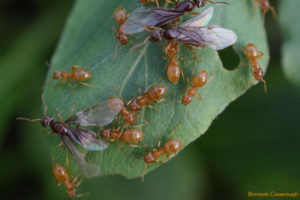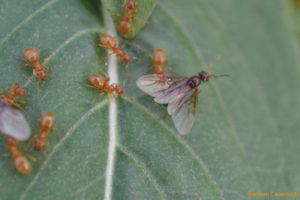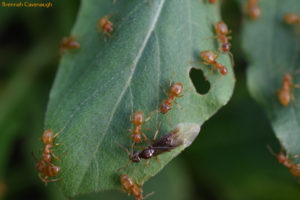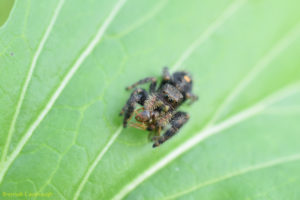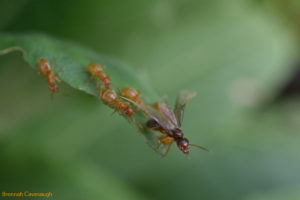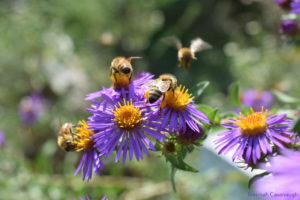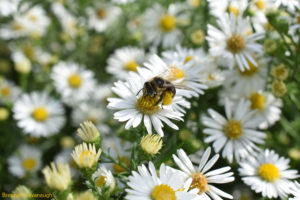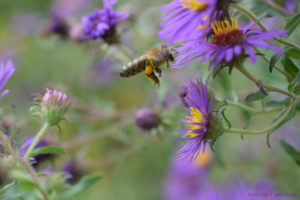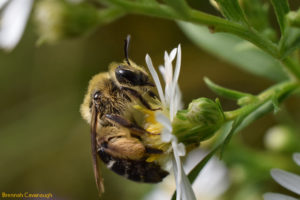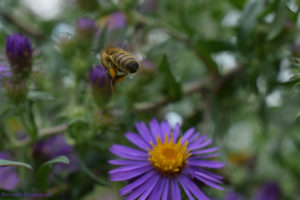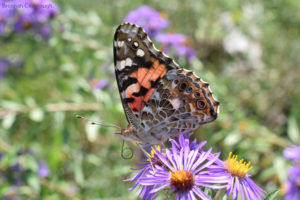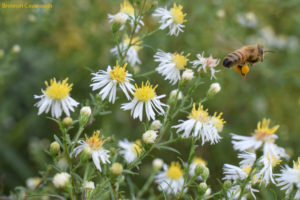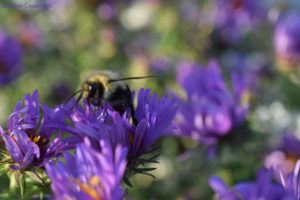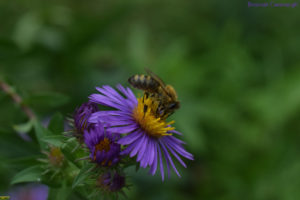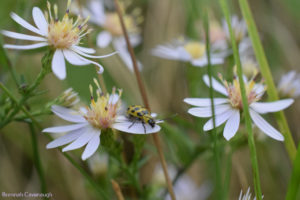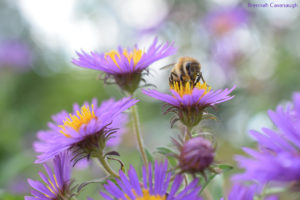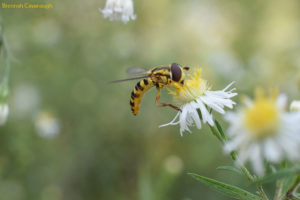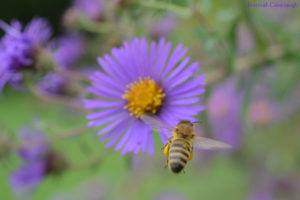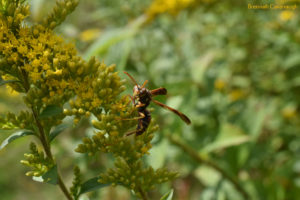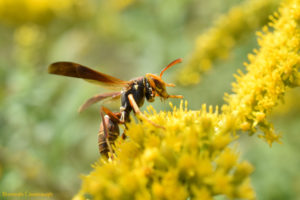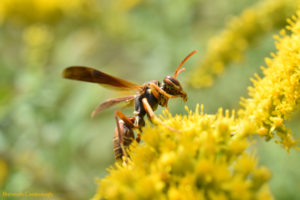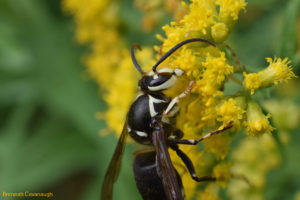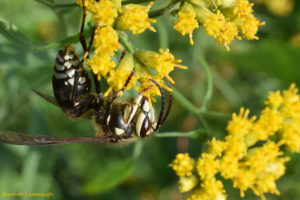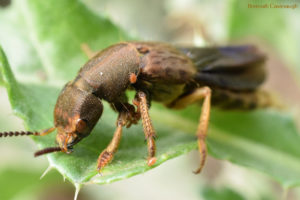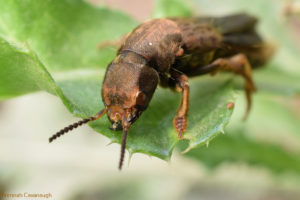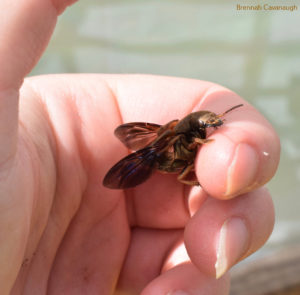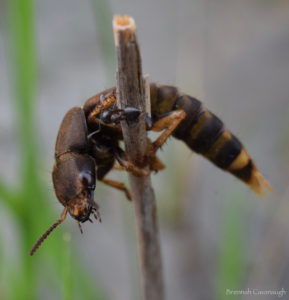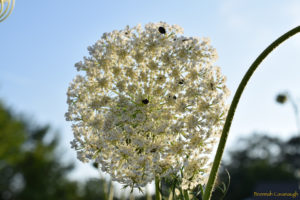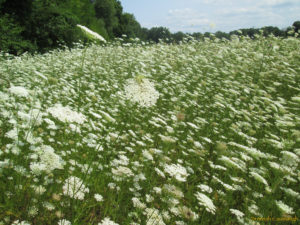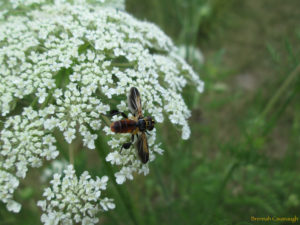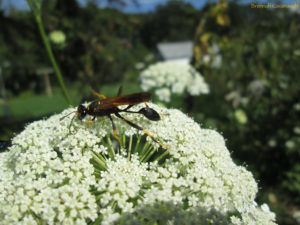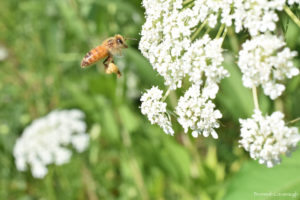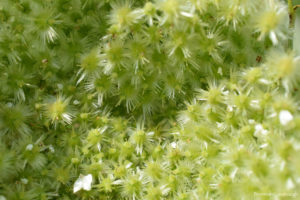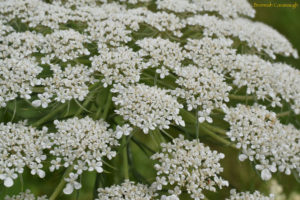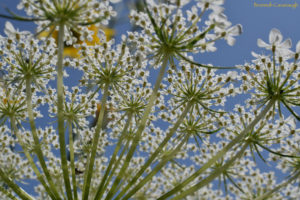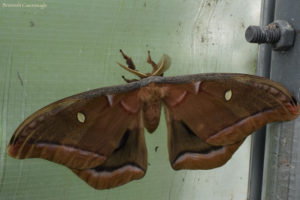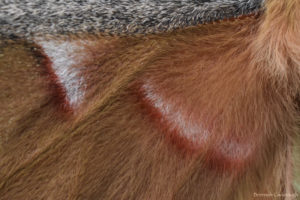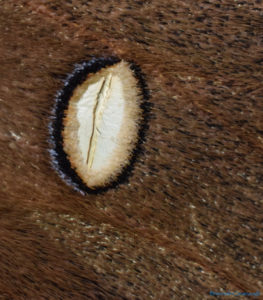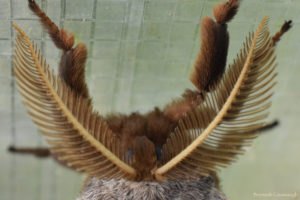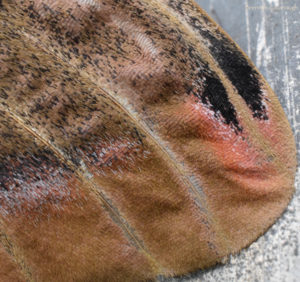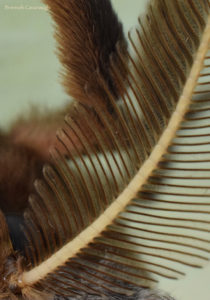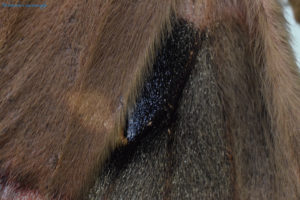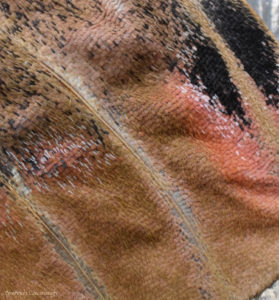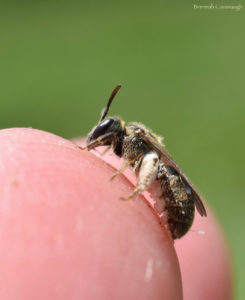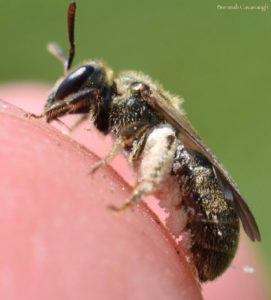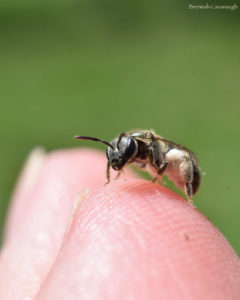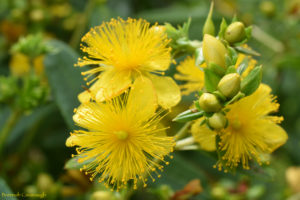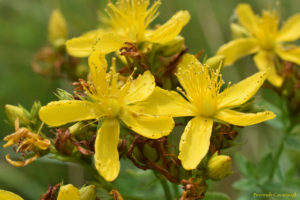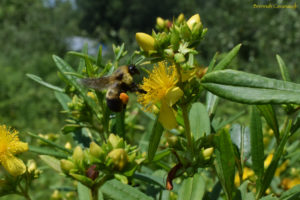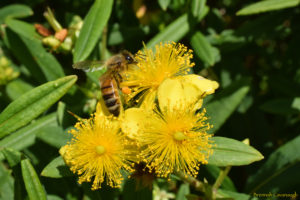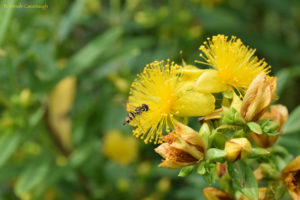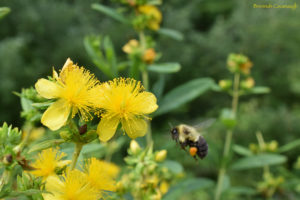This past Sunday was very warm for this time of year and I decided to check on my bees and see how they were doing. I wanted to see if it looked like they had enough honey left to make it until spring, and make sure that it would be accessible to them. Sometimes, as the cluster of bees makes its way slowly through their winter provisions, they find themselves with empty combs between themselves and the combs filled with honey. They can’t cross the barrier to get to the honey, because the cluster itself moves very slowly (especially when raising brood), and individual bees would quickly become immobilized by the cold.
This is the first time I have done a midwinter hive check, so I wasn’t entirely sure what to expect. The sun was shining, but it was windy, and the wind was chilly. I knew the bees wouldn’t like that, but it was only expected to get more windy as the day went on. (Since this needed to be a quick check since it was only marginal weather for beekeeping, all the photos in this post are courtesy of my mom.)
The first hive I opened was the colony that had had the most honey going into winter. The winter cluster looked (from what I could tell having never looked at a winter cluster in person before), pretty good. It seemed like a decent size; there were still plenty of bees left. They didn’t seem very happy about having the chilly wind suddenly blowing on them, though.
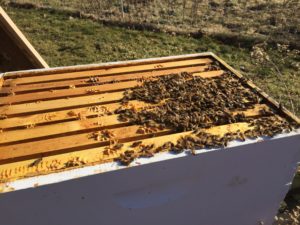
I could see that they still had honey left, but it looked a little scattered, from what I could tell without really taking things apart. It also wasn’t something I could just rearrange to get the honey next to the bees. I did still have a couple of candy boards left over from last winter, though… I decided to go get those out to give to the bees, just in case.
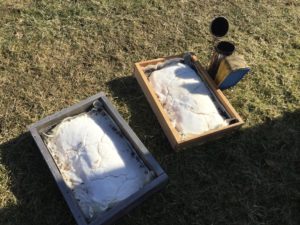
That ended up being easier said than done; one of the candy boards was starting to come apart (I was pretty much improvising when I built them… the other one had turned out all right, though). Once I opened the hive for the second time, the bees really started coming out. Some of them seemed upset, and some of them just seemed confused, and cold. But they were all over the surface I needed to set the candy board on. Setting it down without crushing bees was going to be difficult. After I got it in place (I don’t think I crushed many bees, but it was kind of hard to tell this time) I noticed that there was a bit of a traffic jam at the entrance as all the bees that had flown out when I opened the hive tried to get back inside at once.
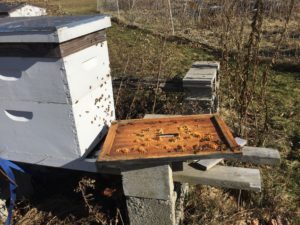
The second hive check went much smoother. At that point I was assuming I would have to put a candy board on for them, but they actually seemed a bit better situated than the others. I already had the candy board out and ready to go, though, so I put it on anyway.
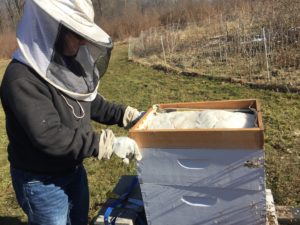
Now it has returned to cold and snowy, and the bees are back out of sight in their hives.
